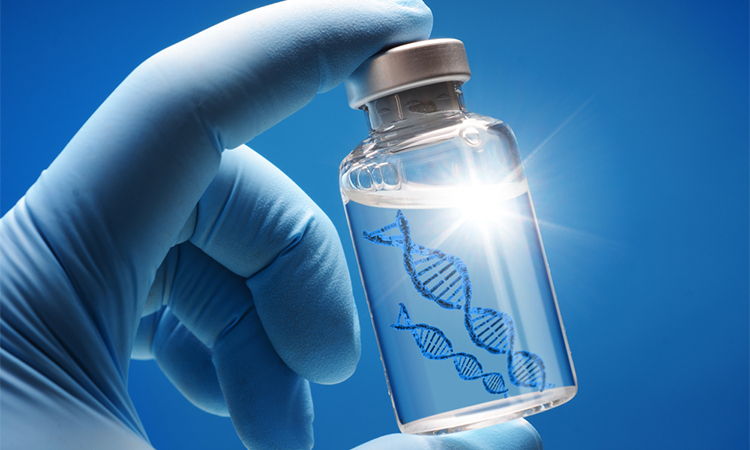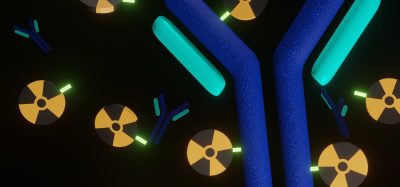New study highlights lipid nanoparticles and mRNA could treat blindness
Posted: 13 January 2023 | Ria Kakkad (Drug Target Review) | No comments yet
The researchers developed nanoparticles able to penetrate the neural retina and deliver mRNA to the photoreceptor cells whose proper function makes vision possible.


Scientists from Oregon State University College of Pharmacy, US, have demonstrated in animal models the possibility of using lipid nanoparticles (LNPs) and messenger RNA (mRNA), the technology underpinning COVID-19 vaccines, to treat blindness associated with a rare genetic condition. The ground-breaking study was recently published in Science Advances.
Researchers developed nanoparticles able to penetrate the neural retina and deliver mRNA to the photoreceptor cells whose proper function makes vision possible.
The scientists overcame what had been the main limitation of using LNPs to carry genetic material for the purpose of vision therapy – getting them to reach the back of the eye, where the retina is.
Biomarkers aren’t just supporting drug discovery – they’re driving it
FREE market report
From smarter trials to faster insights, this report unpacks the science, strategy and real-world impact behind the next generation of precision therapies.
What you’ll unlock:
- How biomarkers are guiding dose selection and early efficacy decisions in complex trials
- Why multi-omics, liquid biopsy and digital tools are redefining the discovery process
- What makes lab data regulatory-ready and why alignment matters from day one
Explore how biomarkers are shaping early drug development
Access the full report – it’s free!
With the coronavirus vaccines, the mRNA carried by the LNPs instructs cells to make a harmless piece of the virus’ spike protein, which triggers an immune response from the body. As a therapy for vision impairment resulting from inherited retinal degeneration (IRD) the mRNA would instruct photoreceptor cells – faulty because of a genetic mutation – to manufacture the proteins needed for sight.
IRD encompasses a group of disorders of varying severity and prevalence that affect one out of every few thousand people worldwide.
The scientists showed, in research involving mice and non-human primates, that LNPs equipped with peptides were able to pass through barriers in the eye and reach the neural retina – where light is turned into electric signals that the brain converts to images.
“We identified a novel set of peptides that can reach the back of the eye,” said Associate Professor Gaurav Sahay, one of the lead scientists of the study. “We used these peptides to act as zip codes to deliver nanoparticles carrying genetic materials to the intended address within the eye.”
“The peptides that we have discovered can be used as targeting ligands directly conjugated to silencing RNAs, small molecules for therapeutics or as imaging probes,” Marco Herrera-Barrera added, another lead researcher.
ICYMI: Study identifies gene and proteins that could treat dry eye disease
READ MORE HERE
The team have received a $3.2 million grant from the US National Eye Institute to continue studying lipid nanoparticles’ promise in the treatment of hereditary blindness. They will lead research into using LNPs to deliver a gene editing tool that could delete bad genes in the photoreceptor cells and replace them with correctly functioning genes.
The research aims to develop solutions for the limitations associated with the current primary means of delivery for gene editing: a type of virus known as adeno-associated virus (AAV).
“AAV has limited packaging capacity compared to LNPs and it can prompt an immune system response,” Sahay said. “It also does not do fantastically well in continuing to express the enzymes the editing tool uses as molecular scissors to make cuts in the DNA to be edited. We are hoping to use what we’ve learned so far about LNPs to develop an improved gene editor delivery system.”
Related topics
Cell Therapy, Gene Therapy, Genome Editing, Lipids, Nanomedicine, Nanoparticles, Nanotechnology, Peptide Therapeutics, RNAs
Related conditions
blindness, inherited retinal degeneration (IRD)
Related organisations
Oregon State University College of Pharmacy
Related people
Associate Professor Gaurav Sahay, Marco Herrera-Barrera








